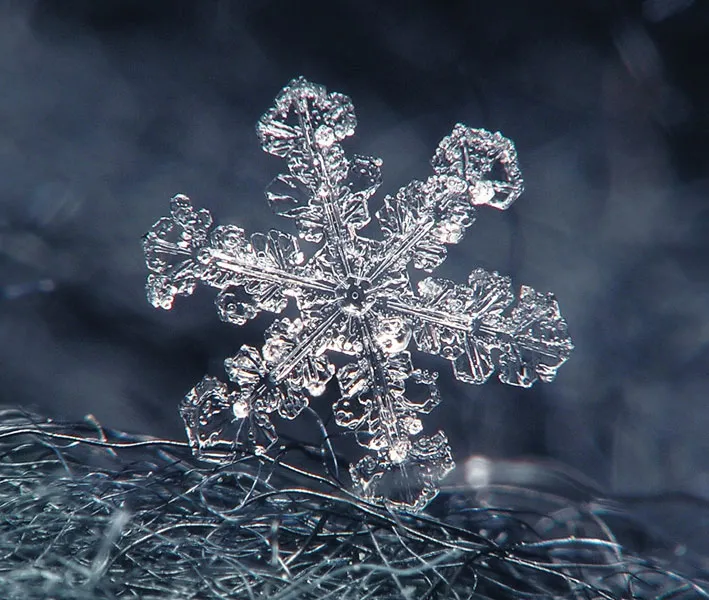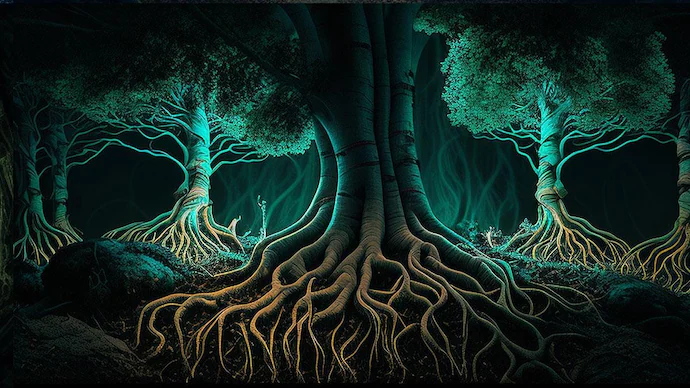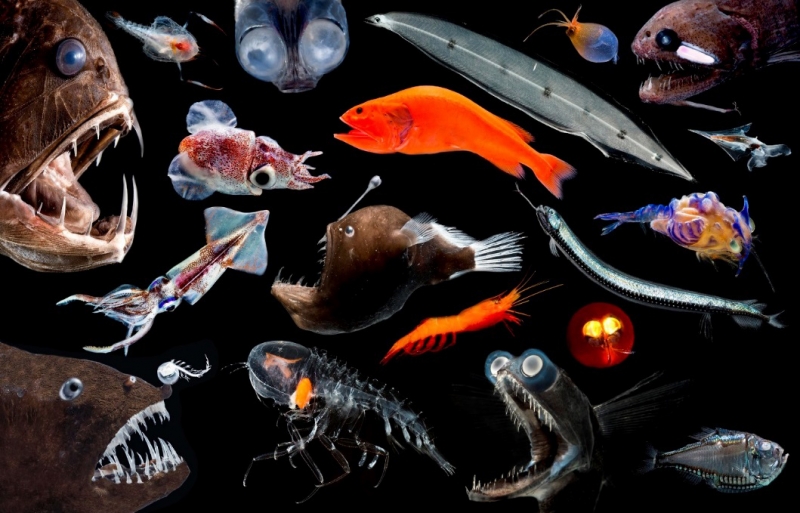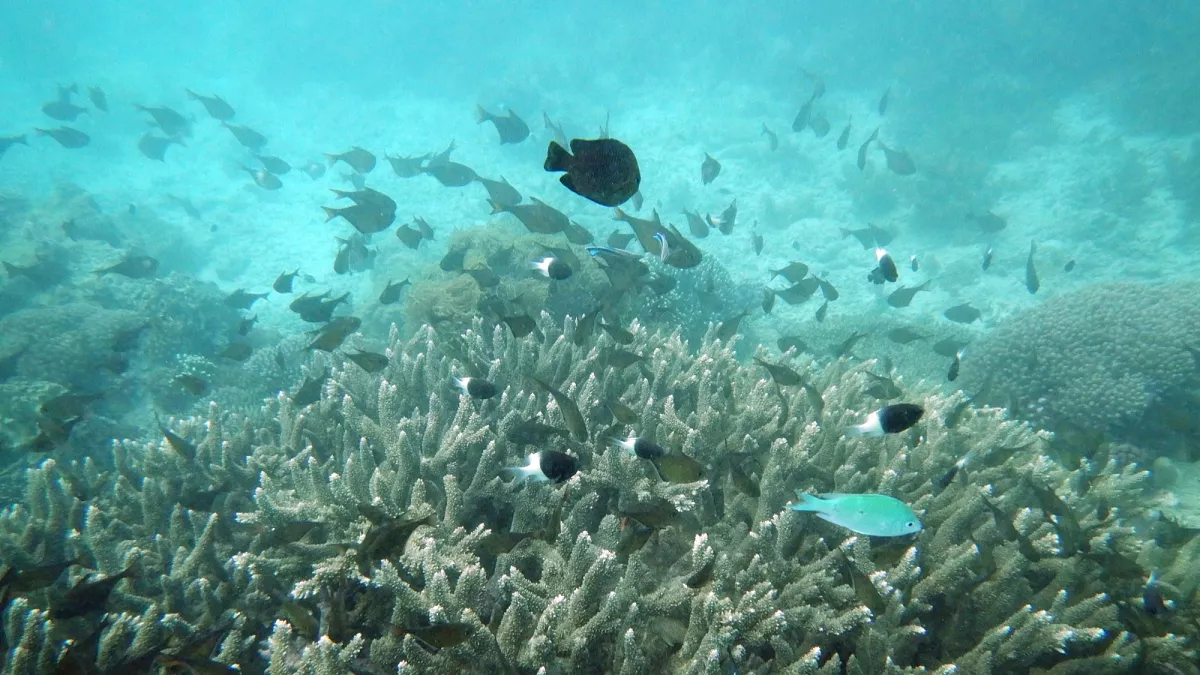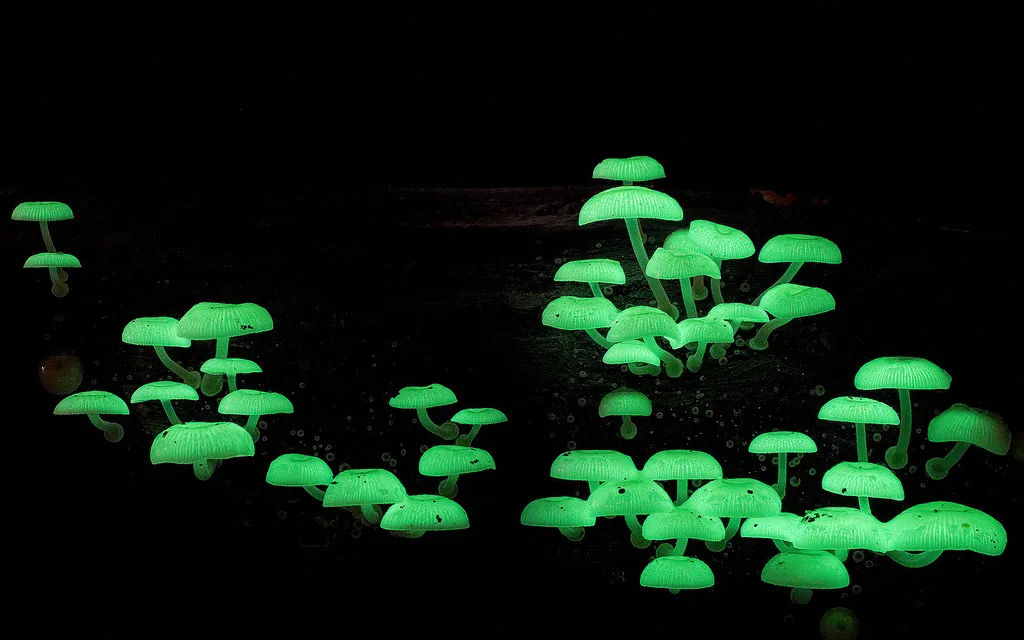solsticeuniversity.com – Snow is one of nature’s most beautiful phenomena, transforming landscapes into a winter wonderland. But how exactly does snow form? The creation of snow involves specific atmospheric conditions, a bit of physics, and some fascinating natural processes. Let’s take a closer look at how snow is made, from the formation of ice crystals in clouds to the unique shapes of snowflakes that we see blanketing the ground.
1. It All Starts in the Clouds
Snow forms when temperatures in clouds are below freezing (0°C or 32°F) and there’s a significant amount of moisture in the air. However, not all clouds will produce snow. For snow to form, clouds need to be both cold and moist enough to create ice crystals. These ice crystals are the building blocks of snowflakes.
When the temperature in the cloud is below freezing, water vapor (water in its gaseous state) begins to condense around tiny particles, such as dust or pollen, called nuclei. These nuclei provide a surface for water vapor to freeze and form tiny ice crystals.
2. Ice Crystals and the Formation of Snowflakes
Once the ice crystals form, the magic of snow really begins. The water vapor in the cloud continues to freeze onto the ice crystal, layer by layer, and the crystal begins to grow. As it expands, it develops intricate shapes based on a process called deposition, where water vapor turns directly into ice without becoming liquid first.
The specific shape of each snowflake is influenced by:
- Temperature: Different temperatures lead to different snowflake shapes. For example, around -2°C, snowflakes tend to form plate-like shapes, while at -15°C, they form more intricate, needle-like shapes.
- Humidity: High humidity tends to produce more complex snowflake designs, while lower humidity leads to simpler, plate-like structures.
Over time, as the ice crystal grows, it forms six-sided structures—the familiar hexagonal pattern of snowflakes. This is because of the molecular structure of ice itself, which naturally forms a six-sided shape due to the way water molecules bond together. As the ice crystal grows, it becomes a unique snowflake.
3. Snowflakes Fall to the Ground
As snowflakes grow heavier, they begin to fall toward the ground. On their descent, they may encounter different temperatures, humidity levels, and wind currents. These factors can affect their structure, sometimes melting slightly or changing shape. However, if temperatures stay below freezing all the way to the ground, the snowflake remains intact.
Why Snowflakes are Unique
You may have heard that “no two snowflakes are exactly alike,” and this is largely true. The uniqueness of snowflakes comes from the countless tiny differences in temperature, humidity, and air pressure that each snowflake encounters as it forms and falls to the ground. These slight variations mean that each snowflake’s path and formation are unique, giving rise to millions of individual shapes and patterns.
While the six-sided symmetry of snowflakes is consistent, the intricate branches, needles, and plates of each snowflake are influenced by the precise environmental conditions in the cloud at each moment of its formation. This results in a staggering diversity of shapes.
Snow Types: Powdery Snow vs. Wet Snow
Not all snow feels or behaves the same, and this difference can often be attributed to temperature:
- Powdery Snow: When the air temperature is well below freezing, snowflakes remain very light and dry. Powdery snow is great for skiing and creates that fluffy, soft feeling underfoot.
- Wet Snow: When the temperature is close to the freezing point, snowflakes partially melt, leading to wetter, heavier snow. This type of snow tends to clump together, making it perfect for snowball fights and snowmen but less ideal for skiing.
Snow in Different Climates
Snow can form in any location where the right combination of temperature and moisture occurs, even in relatively warmer places when a cold front sweeps through. However, some regions receive snow regularly due to their geographic and atmospheric conditions:
- Mountain Regions: Higher altitudes often mean colder temperatures, which allow snow to fall and accumulate more regularly.
- Polar Regions: In places like Antarctica and the Arctic, the freezing temperatures year-round make snow accumulation a regular occurrence.
- Mid-latitude Regions: Places in the Northern Hemisphere, such as parts of North America, Europe, and Asia, receive seasonal snowfall when winter brings temperatures below freezing.
Artificial Snow: How Humans Make It
While natural snow relies on specific weather conditions, artificial snow is often made at ski resorts and other recreational areas to extend the snow season. Here’s how it works:
- Snow Machines: Snow machines shoot tiny water droplets into the cold air, where they freeze and fall as snow. This process, known as snowmaking, requires a mix of compressed air and water.
- Conditions Needed: For artificial snow to form effectively, the air needs to be cold, typically below 28°F (-2°C), to prevent the water droplets from melting before they freeze.
While artificial snow can help sustain winter sports, it lacks the intricate beauty and variety of natural snowflakes.
The Importance of Snow in the Environment
Beyond its beauty, snow plays an important role in the environment:
- Water Storage: Snow acts as a natural reservoir. In many regions, melting snow provides a significant source of water during spring and summer. This is crucial for drinking water supplies, agriculture, and ecosystems.
- Climate Regulation: Snow reflects sunlight due to its bright, white surface. This reflection helps regulate Earth’s temperature by sending solar energy back into space.
- Wildlife Habitat: Snow creates insulation for many animals, providing warmth and protection during the harsh winter months. Many species, from small mammals to polar bears, rely on snow for survival.
Conclusion
Snow is a fascinating natural phenomenon created by the combination of temperature, moisture, and atmospheric conditions. From its formation in the clouds as ice crystals to its journey to the ground, each snowflake is a unique masterpiece shaped by nature. Whether it’s blanketing landscapes, providing a winter playground, or sustaining ecosystems, snow is essential to life in colder climates and a reminder of nature’s beauty and complexity.
